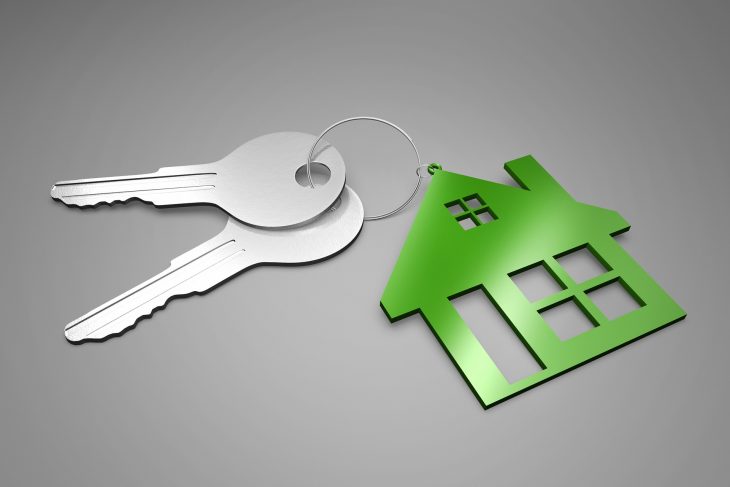Card-and-PIN authentication has always been the go-to for credit and debit card transactions, but it’s now only one of many ways to process a payment.
While this method has been ensuring secure and reliable transactions for many years, there are now alternate payment methods that were inspired by accelerated digitization. Until COVID-19 took the world by storm, most consumers were comfortable with card-based transactions; the card acted as the token for identification, authentication, and authorization.
Cut to: a mysterious virus, physical distancing, curfews, and a mask mandate. The innovation of the payments industry was driven by both necessity and fear. Although the results of the transactions are the same, alternative payment methods, instruments, and a variety of tokens have not only accelerated market place innovation, but they have also put customers’ health and safety concerns at ease.
What’s so exciting about these new alternative methods? “[It’s] the way they break rank with an entire process built around the card,” said Markus Doeinghaus of Diebold Nixdorf. The latest payment methods give consumers options when engaging with their bank, while also removing friction and any restrictions that might relate back to the card itself.
In order to support the in-vogue alternative payment methods and allow customers to use a combination of payment types for authentication during a transaction, the payment business process needs to keep up with the times. It’s time for financial institutions (FIs) to offer new methods of customer authentication.
“Security right now, both physical as well as [the] internet and identity, are top topics in the market today,” said Tim Sloane of Mercator Advisory Group. “And in every instance, it’s a layering approach that’s used and found most effective to be able to protect assets… Understanding what the risk profile is and selecting those right data sources and credentials is the right way to figure out how to lock down that identity to the level of risk you’re comfortable with,” he added.
By offering new methods of customer authentication, the payments industry will be able to provide a secure platform while also offering more seamless customer experiences. This will undoubtedly lead to increased customer loyalty and additional revenue opportunities.
To the card-and-PIN method, we say: thank you for your service. Perhaps this is not good-bye, but there are now many other ways to ensure a transaction is genuine and secure, such as:
- ID and passwords to allow the user access to their account
- Biometrics (finger print or facial recognition technology) to open mobile wallets and applications
- Tokenization is particularly useful when a card is lost or stolen and the cardholder needs to access that account for a purchase
With this new, on-demand lifestyle, consumers want to feel like they are doing things their own way. But here’s the catch: flexibility disrupts the old school front-to-back process that many FIs still use, which raises the risk of those institutions being left behind. Prepping for the future means having the ability to juggle multiple technologies at once.
The ability to separate the authorization from authentication creates the opportunity to use a variety of different payment rails, which paves the way for services like real-time, instant, and faster payments. It also supports alternative funding models such as loyalty program points and Buy Now, Pay Later (BNPL).
Many fintechs are already using this technology, so FIs must work quickly if they want to remain key players in the game. DN VynamicTM Payments is a cloud-native platform that modernizes payments platforms at a fraction of the cost and without the risk. It strives to empower its customers to meet the demands of their payments challenges and prepare them for a futuristic payments landscape.










